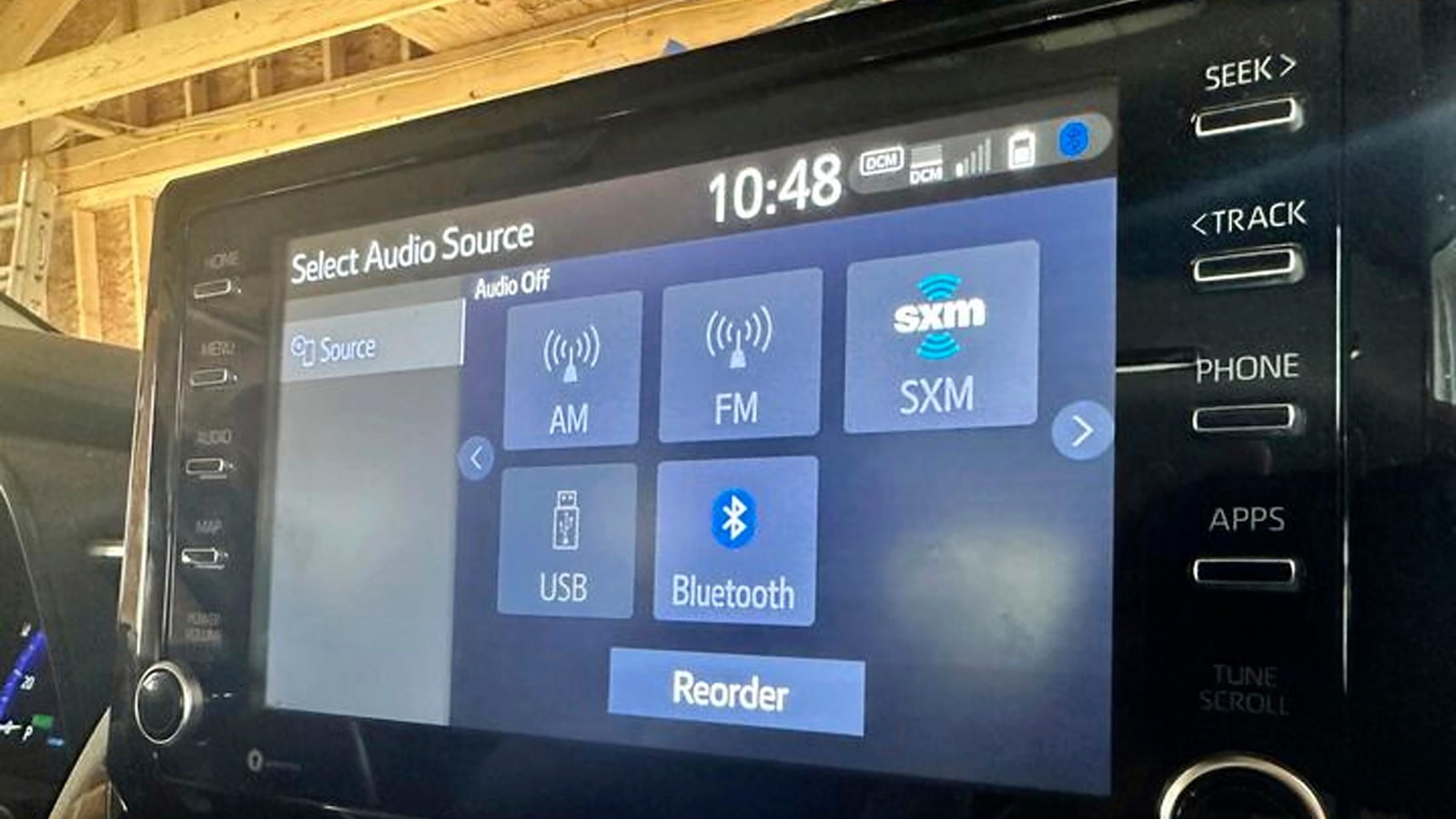
PORTLAND, Maine — The signal might be fading, but it can’t be lost.
That’s the message from politicians who are closing in on the required number of votes needed to pass federal legislation that requires AM radios in every new car.
The prevalence of AM broadcast radio has dipped in recent decades as more listeners turn to options such as satellite radio and podcasts during drivetime. But a large, bipartisan group of lawmakers believes saving the AM dial is critical to public safety, especially in rural America, and they want to ensure access to it via car radios.
“The emergency alert system works on the AM spectrum – that’s where people get information about emergencies,” said independent Sen. Angus King of Maine. “It’s a critical source of information, particularly in rural areas that might not have clear access to an FM signal.”
King, and Republican Maine Sen. Susan Collins, are among dozens of lawmakers supporting the AM for Every Vehicle Act. Lawmakers first proposed the legislation in the U.S. House of Representatives and U.S. Senate last year, and it has gained a wave of new cosponsors in recent weeks. There are now enough cosponsors to pass the bill in the House, and the Senate is only a few sponsors away, federal records state.
The proposal would have the U.S. Department of Transportation require all new motor vehicles to have devices that can access AM broadcast stations. The rules would apply to vehicles manufactured in the U.S., imported into the country, or shipped in interstate commerce.
The drive to save AM radio comes as some carmakers are phasing the format out. Democratic Sen. Ed Markey of Massachusetts, a proponent of saving AM radio, said last year that he sent a letter to 20 carmakers asking them to maintain AM broadcast and found eight had removed it from electric vehicles.
That is potentially bad news for farming communities and rural parts of the country, lawmakers said. The National Association of Farm Broadcasters found last year that two-thirds of farmers listen to AM radio for news that is important to their operations.
For some farming communities, AM radio “isn’t just another option – it’s the only option,” said Jenni Tilton-Flood, a dairy farmer and owner of Flood Brothers Farm in Clinton, Maine. Even farmers who don’t personally rely on it heavily are aware of that, she said.
“It’s really important for me to recognize and acknowledge what’s important for others beyond my own farmyard and AM radio is one of those things,” she said.
AM radio is also important for highway safety information and storm and weather updates, Collins said. The bill would “would ensure the accessibility of AM service in every vehicle, safeguarding essential communication tools that are critical to our rural communities,” Collins said.
It was unclear on Monday when the proposal could come up for votes. The bill was placed on the Senate’s legislative calendar in September.
In a recent development, politicians are nearing a crucial vote threshold to preserve AM radio in all vehicles. This decision comes as a response to the growing concern among radio enthusiasts and industry experts about the potential decline of AM radio in the face of advancing technology.
AM radio has been a staple in the broadcasting industry for decades, providing listeners with news, talk shows, sports coverage, and music. However, with the rise of digital platforms and streaming services, the popularity of AM radio has waned in recent years. Many newer vehicles are equipped with advanced infotainment systems that prioritize digital audio sources over traditional radio frequencies.
This shift has raised concerns among AM radio advocates who fear that the medium may become obsolete if it is not preserved in all vehicles. In response to these concerns, politicians are now considering legislation that would mandate the inclusion of AM radio receivers in all new vehicles.
Supporters of this legislation argue that preserving AM radio is essential for maintaining a diverse and accessible media landscape. They point out that AM radio serves as a vital source of information for many communities, especially in rural areas where internet access may be limited. Additionally, they argue that AM radio provides a platform for local voices and perspectives that may not be represented in mainstream media.
Opponents of the legislation, however, argue that mandating the inclusion of AM radio receivers in all vehicles would be an unnecessary government intervention in the market. They argue that consumers should have the freedom to choose their preferred audio sources without government interference.
As politicians near the vote threshold on this issue, the future of AM radio hangs in the balance. The outcome of this decision will have far-reaching implications for the broadcasting industry, consumers, and the broader media landscape. It remains to be seen whether preserving AM radio in all vehicles will be seen as a necessary step to safeguard an important cultural institution or as an outdated attempt to prop up a declining medium.


